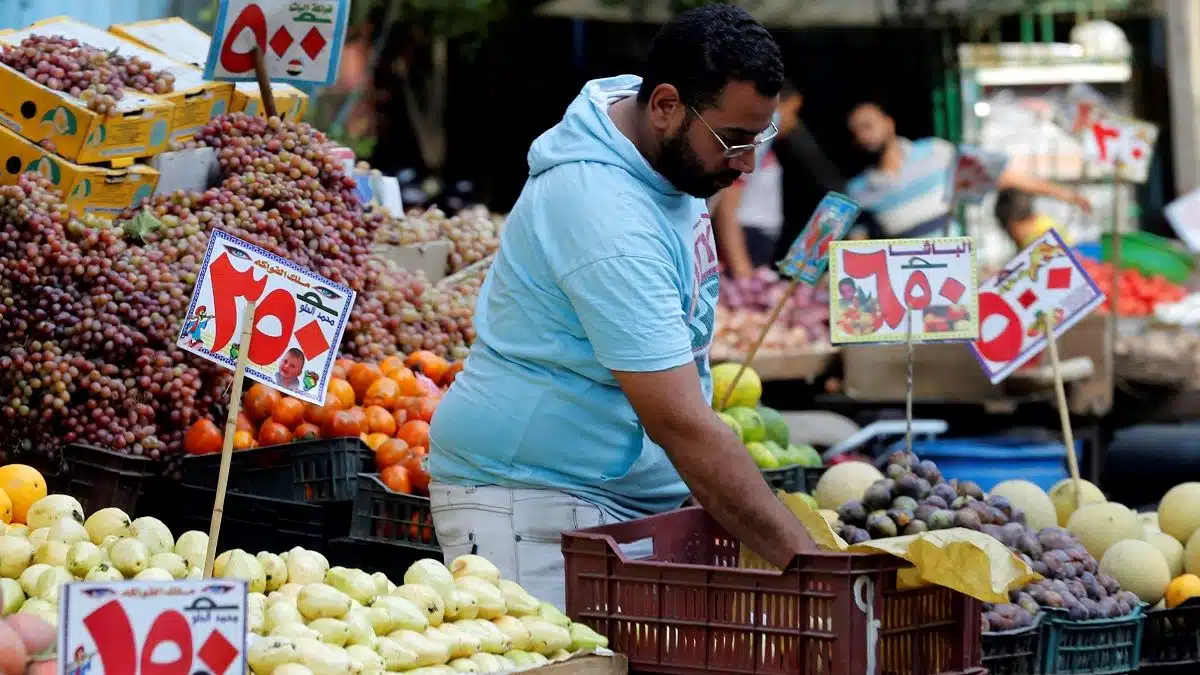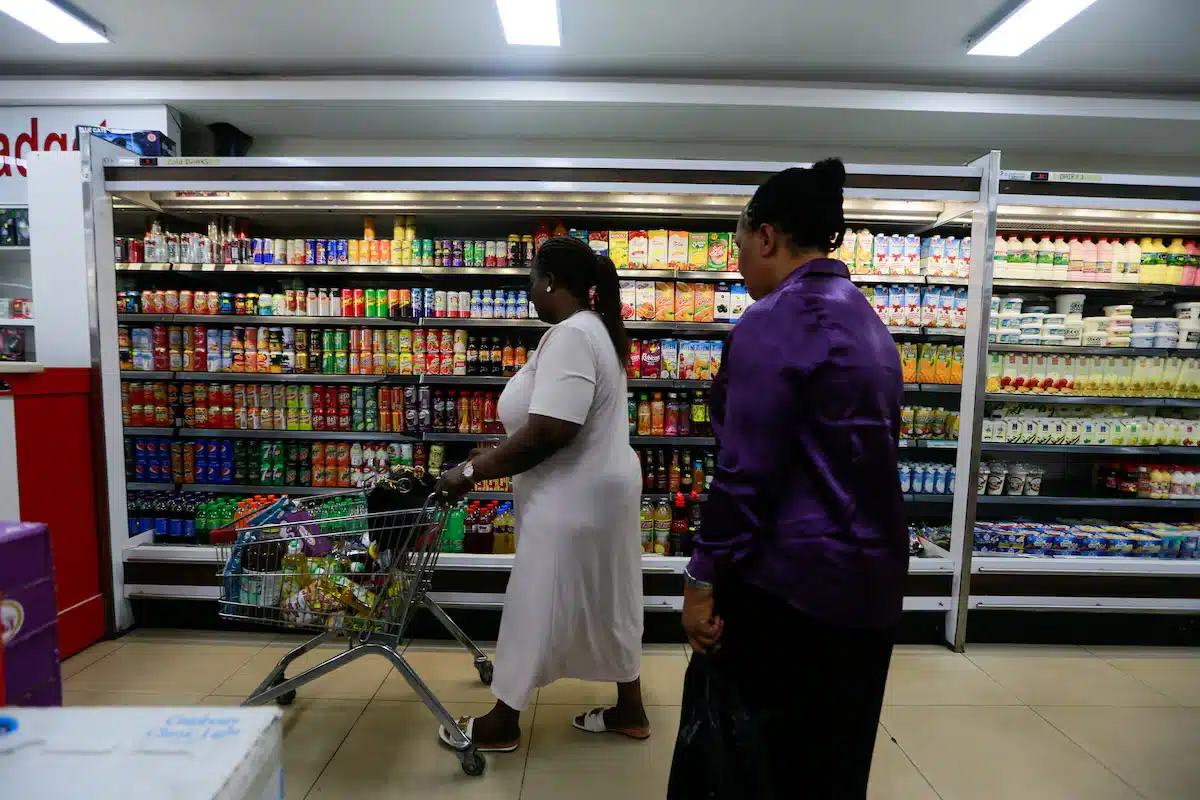Kenya’s central bank has downplayed the impact of the United States’ new reciprocal tariff regime, asserting that the country’s external position remains resilient despite an expected $100 million drop in exports to its fourth largest single-country trading partner.
Speaking at a press briefing on Wednesday, Central Bank of Kenya’s governor Kamau Thugge said the 10 percent tariff imposed by the U.S. on Kenyan exports—part of a sweeping trade policy rolled out by President Donald Trump—would not meaningfully affect the balance of payments or the stability of the shilling.
“We export about $650 million worth of goods to the U.S. and in an extreme scenario, we estimate a loss of $100 million. But our GDP is north of $122 billion, so we don’t expect any significant impact on the exchange rate or the balance of payments,” Thugge said.
Among African countries hit by Trump’s tariff overhaul, Kenya fared relatively well.
While poorer economies like Lesotho and Madagascar were slapped with punitive rates as high as 50%, Kenya was dealt the baseline rate of 10%.
The disparity has raised questions over the fairness and logic of Washington’s tariff formula, which appears to disproportionately penalise low-income nations with limited trade volumes.
Thugge’s remarks came on the heels of the central bank’s latest Monetary Policy Committee (MPC) meeting, where it announced a balance of payments (BoP) surplus of $1.38 billion for the 12 months to February 2025.
Revised data from the Kenya National Bureau of Statistics revealed that the current account deficit narrowed to 3.1% of GDP—down from 3.3%—driven by improved exports, resilient diaspora remittances, and lower oil imports.
Goods exports rose by 13.1%, thanks to stronger performance in agricultural commodities and re-exports. Remittances increased by 14.5% year-on-year, remaining one of Kenya’s most reliable sources of foreign exchange.
Travel and transport service receipts jumped by 14%, reflecting a solid rebound in tourism and regional logistics.
The CBK’s foreign exchange reserves, which currently stand at $9.93 billion—equivalent to 4.44 months of import cover, based on revised imports data—continue to provide adequate buffer against short-term volatility in the FX market.
The apex bank projects the current account deficit will shrink further to 2.8% of GDP in 2025, fully financed by financial account inflows.
Gross reserves are expected to increase by another $665 million over the same period.
With policy discipline, improving external buffers and steady capital inflows, Kenya is positioning itself as one of East Africa’s more stable economies—despite global headwinds and the unpredictable turn in U.S. trade policy.
Still, as geopolitical tensions and protectionist moves reshape global trade flows, Kenya’s resilience may yet be tested in the months ahead.









